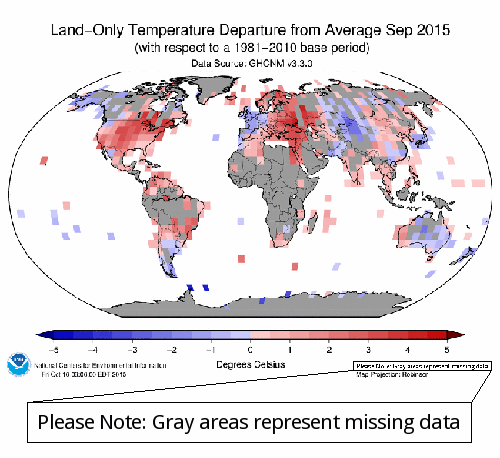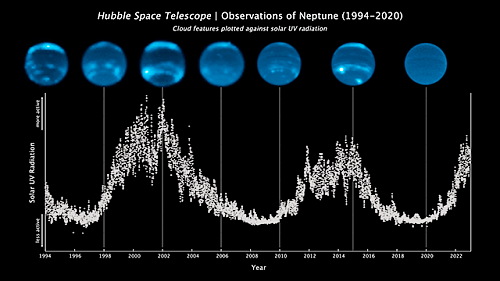Recently a climate scientist caused an uproar among scientists and peer-review journals when he admitted in an op-ed that the only way he could get his climate paper published in the journal Nature was to fake his results in order to fit them to the narrative that human-caused global warming is causing all our environmental problems.
In my paper, we didn’t bother to study the influence of these other obviously relevant factors. Did I know that including them would make for a more realistic and useful analysis? I did. But I also knew that it would detract from the clean narrative centered on the negative impact of climate change and thus decrease the odds that the paper would pass muster with Nature’s editors and reviewers.
While that op-ed brutally exposed the political biases at Nature that make it impossible to get honest research published, it only told a part of the story. Nature is only one journal, and if it was the only place this corruption of science was occurring, the problem would be manageable.
In truth it is only one example of a far more widespread problem, because it is now practically impossible for any skeptic of global warming to get his or her work published in almost any scientific journal. Worse, most of the major science organizations worldwide no longer simply favor pro-global warming climate research, they act aggressively to promote only one kind of result, to the point that the things they publish sometimes are little different than Soviet propaganda.

The American Geophysical Union, where
science is no longer practiced
As a prime example, I want to focus today on the American Geophysical Union (AGU), an scientific organization initially formed as an umbrella group to help American scientists publish and publicize their research on the study of the Earth, its interior, and its nature as a planet. To do so the AGU publishes a wide range of peer-review journals, all intended as fair-minded outlets for new research.
Sadly, in the past two decades the AG abandoned that primary function. For example, it has made its global-warming biases clear for several decades, essentially telling every climate scientist worldwide that if you submit any paper that raises any questions about global warming, it will be rejected outright.
More recently however the AGU has become even more up front and public about its close-minded approval of the as-yet unproven theory that humans are causing the climate to heat up. » Read more








